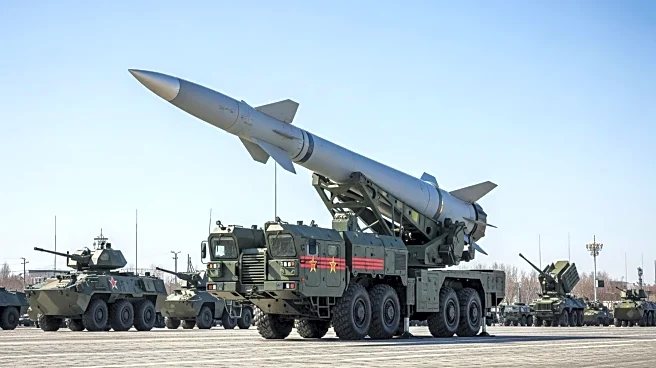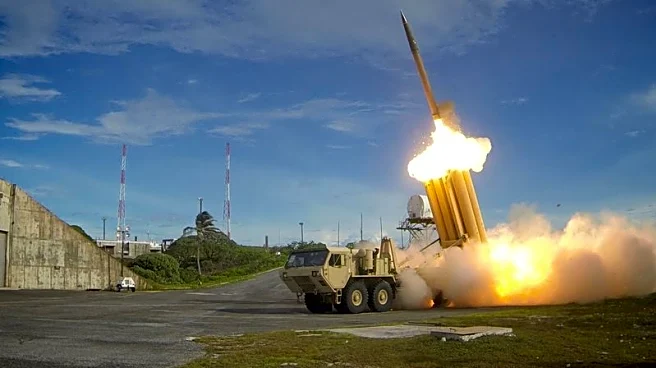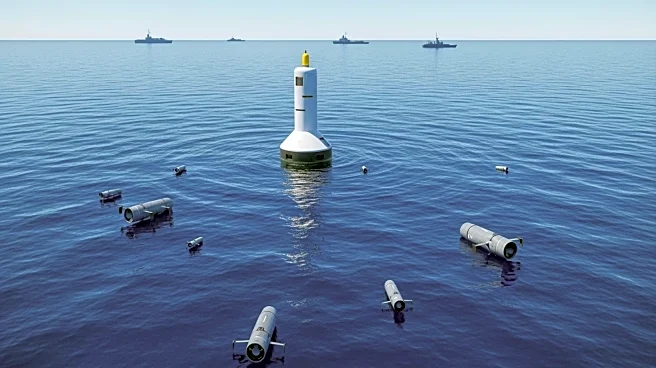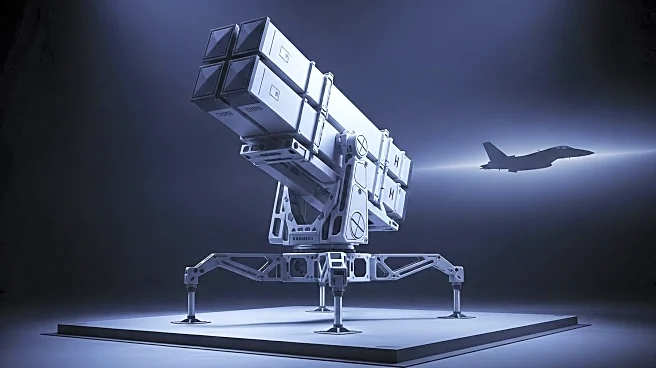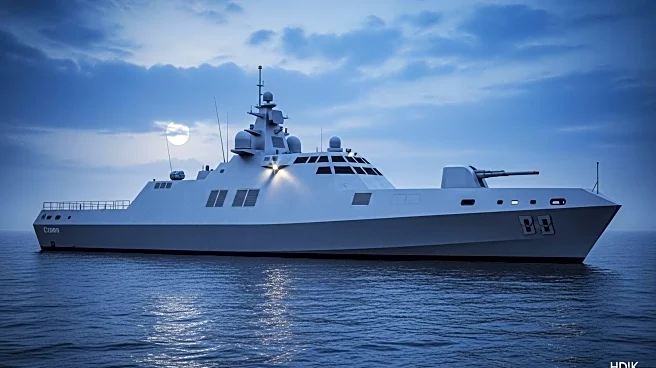What is the story about?
What's Happening?
Lockheed Martin's Sikorsky division has been awarded a $10.855 billion contract by the U.S. Navy to produce up to 99 CH-53K King Stallion helicopters for the U.S. Marine Corps over the next five years. This contract, the largest to date for the CH-53K, consolidates five separate aircraft orders into a multi-year procurement plan. The agreement aims to ensure price stability and a consistent supply of materials from 267 suppliers across 37 states and 17 international suppliers. The CH-53K is designed to meet the Marine Corps' heavy-lift requirements, capable of transporting troops, supplies, and equipment across contested environments. The contract will support thousands of jobs within Sikorsky and its supply chain, reinforcing the U.S. industrial base.
Why It's Important?
This contract is significant for the U.S. defense industry as it stabilizes the production of a critical military asset, the CH-53K helicopter, which enhances the operational capabilities of the Marine Corps. The deal supports the U.S. industrial base by sustaining jobs and ensuring a steady flow of materials and components. It also reflects the U.S. government's confidence in Sikorsky's ability to deliver advanced military technology. The contract's structure allows for cost savings through bulk purchasing, which benefits the government and taxpayers. Additionally, the CH-53K's advanced capabilities will provide the Marine Corps with a strategic advantage in various military operations.
What's Next?
The contract will see the delivery of the CH-53K helicopters between 2029 and 2034. Sikorsky will continue to work closely with the Department of the Navy to optimize production efficiencies and maintain a stable supply chain. The Marine Corps will transition more of its fleet to the CH-53K, enhancing its operational readiness. The contract also opens opportunities for international sales, as the U.S. government can fulfill orders from foreign military customers. This could further expand the reach and influence of U.S. military technology globally.
AI Generated Content
Do you find this article useful?




